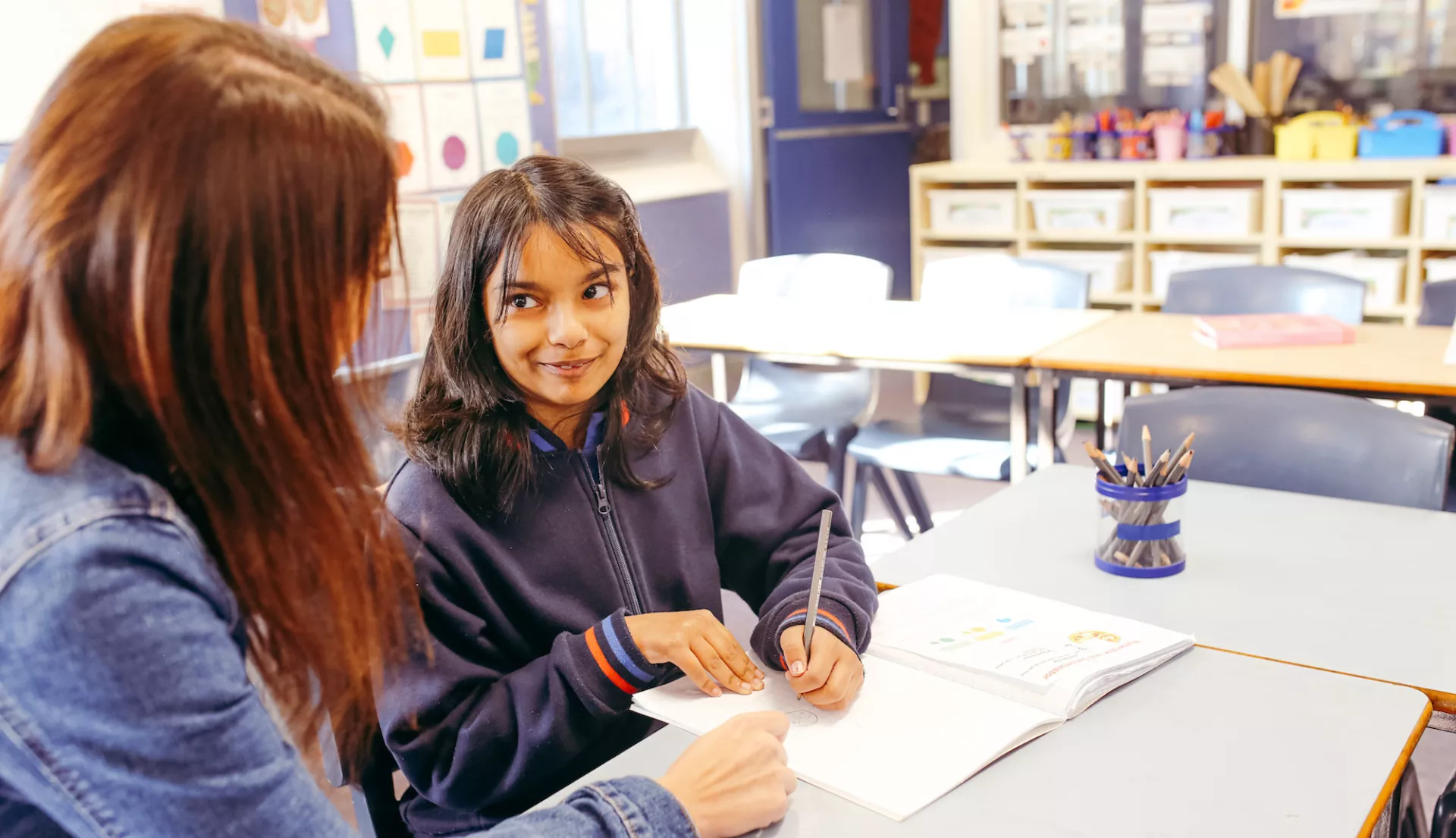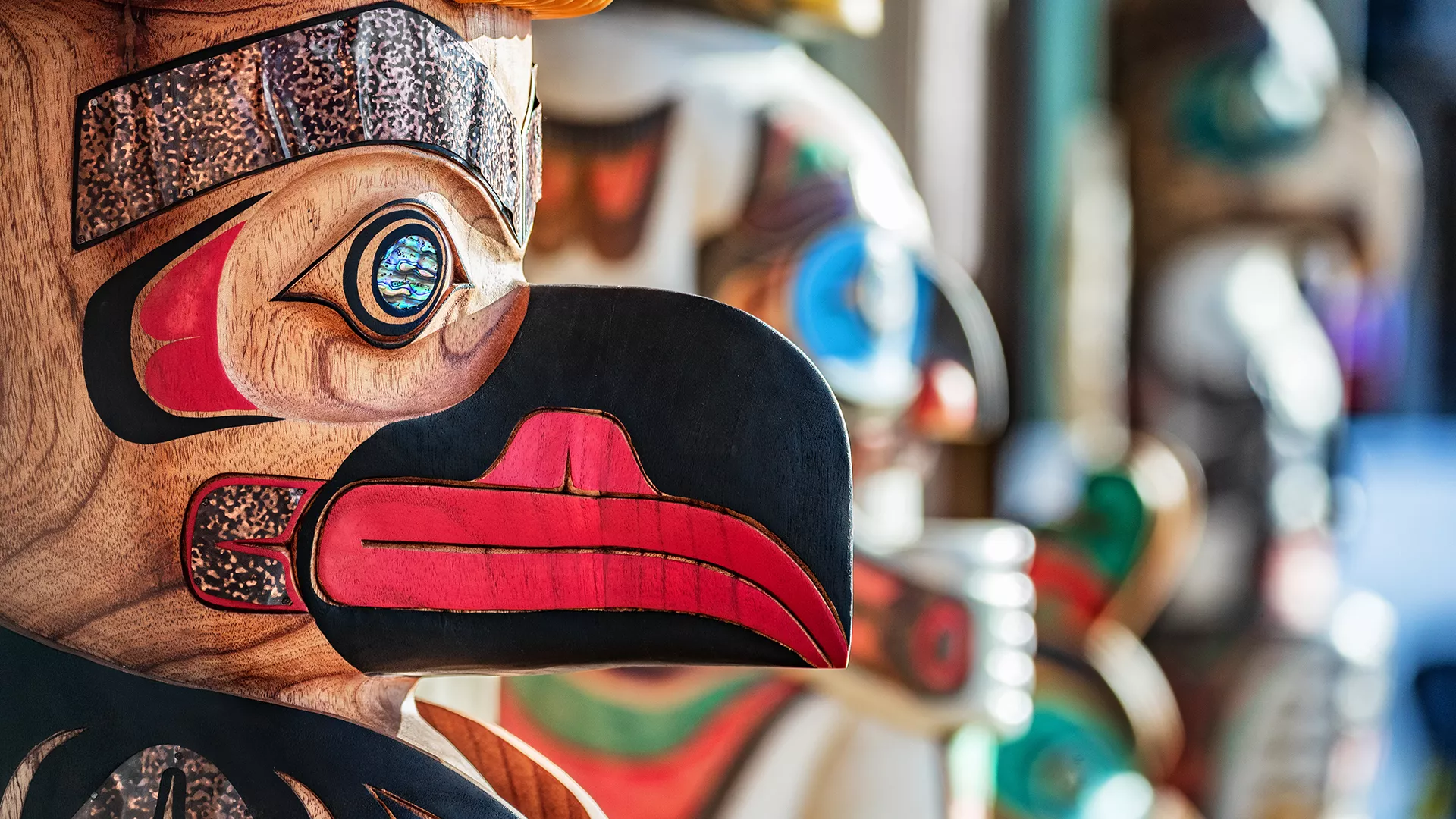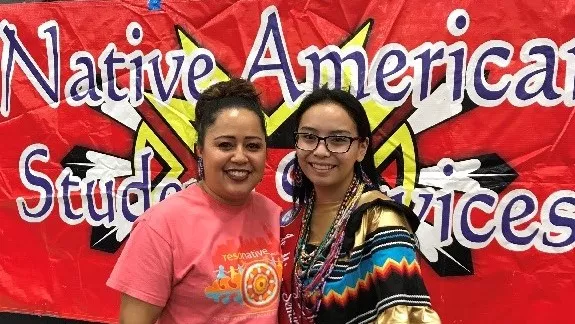Key Takeaways
- The new requirement will give more time and resources for educators to explore the rich history of Native Americans and their modern-day contributions.
- The goal is to better represent Native American students in Minnesota because, for so long, they have been excluded from the school curriculum.
Minnesota has always had a special connection to Native American history and culture. The Ojibwe, Dakota, and other Indigenous tribal nations have called it home for thousands of years.
And while the presence and impact of Native Americans are significantly felt in Minnesota, Grand Rapids High School counselor and White Earth Nation descendant Tanis Henderson acknowledges that for many, Indigenous life and culture are viewed as a figment of the past.
For too long, too many students across the country have been given little or inaccurate knowledge of Native history. It’s only getting worse due to the wave of extreme ring-wing activist organizations and lawmakers pushing book bans and censorship of classroom lessons that are honest about the truth of our history.
But Henderson wants people to know that “Indigenous people are still here."
To combat the gap that several have cited between Native history and its teaching, Minnesota lawmakers have added a new requirement for teachers. The addition includes that teachers across the state renewing their K-12 license must undergo “professional development in the cultural heritage and contemporary contributions of American Indians, with particular emphasis on Minnesota Tribal Nations.”
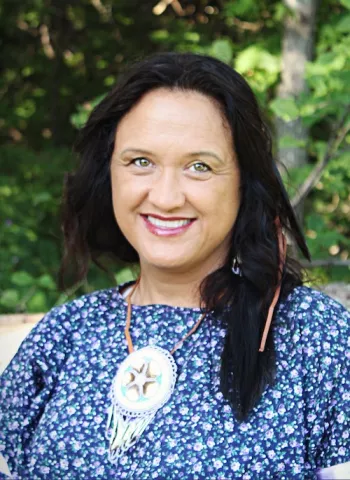
The Minnesota Professional Educator Licensing and Standards Board (PELSB) is working on the program's specifics and what it will include. Nonetheless, the goal of the new program is to better represent Native American students in Minnesota because, for so long, they “have been left out” of the general curriculum, Indigenous educator Theresa Ziebarth-Moritz says.
Ziebarth-Moritz has been working actively with the PELSB to develop an outline and a framework that covers what students and teachers need to know about Indigenous history and culture within Minnesota. She wants teachers to understand “the concept of sovereignty” as it relates to the prevention of further displacement of Indigenous people and the preservation of their lasting culture.
Recognizing the past traumas and the complete history of Native Americans is part of that as well. As a student, Ziebarth-Mortiz recounts not feeling comfortable enough to share the dehumanization and brutalization she knew her relatives experienced, specifically regarding Native American boarding schools. She wants a different reality for Native students today. “Teachers need to know about the boarding school trauma and its generational effects,” Ziebarth-Mortiz says.
A Look Inside the Classroom
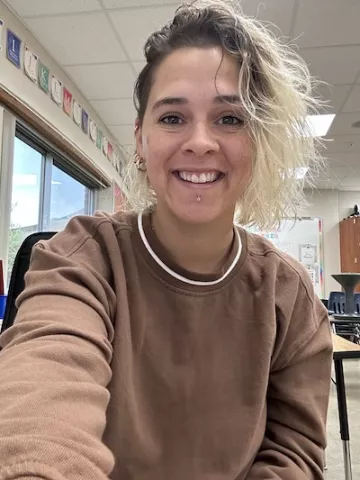
But, these lasting effects have continued to make their way inside the classroom.
To be more intentional with her teaching, Minnesota teacher Hannah Grimley has attempted to incorporate Indigenous stories in lessons with her students.
However, after reading stories with her class, she found that even her students who were of Indigenous background “didn’t raise their hand” when asked if they related to Native Americans within the narratives.
Grimley feels some of her Native American students “don’t expect themselves to be mirrored” in discussions about American history. Something she finds “to be even more problematic.”
The lack of awareness brings on feelings of frustration for educators like Grimley, who want to make substantive changes in education in Minnesota classrooms. She acknowledges the “gaps in [her] knowledge” concerning Native history. However, when she makes an effort to fill those gaps in her teaching, and there is little to no response from her students, she finds it challenging.
“It’s hard to feel like the work is valuable sometimes,” Grimely says.
Keeping Teachers in Mind
Teachers want to feel like not only their work is being valued but their time as well.
One of the criticisms regarding the new program from people like Education Minnesota President Denise Specht is that it adds an additional burden for teachers. “We have to be aware of the extra time and effort each new requirement adds to the plates of educators and give them the adequate time and training they need to address these important pieces of delivering a well-rounded education,” she says.
Grimely acknowledges that there is a surge of educators who feel they are “being asked to do more and not being given enough time to do that.” Still, she insists that “learning about Indigenous people and how to teach that well is absolutely worth the time,” she says.
“Educators are ready and willing to learn more about Indigenous communities in Minnesota,” Tanis Henderson adds.
And while the training remains important to Minnesota educators, they want to ensure that it is being appropriately implemented to provide the most benefit. Previous training sessions have been conducted online and consist of a series of modules. As a result, educators have cited a need for more personal connection and impact.
Some teachers like Grimely would prefer in-person training because she finds online sessions to be “easy to disregard,” she explains.
Ziebarth-Moritz acknowledges the concerns of other educators and wants to keep them in mind as she seeks to work on implementing the new program. She says, “I want this to be more than a one-hour, one-day session.” For both Ziebarth-Moritz and Henderson, it is vital for the latest training to have different facets so that “the learning is more experiential,” Ziebarth-Moritz says.
“Any training has to center the Indigenous experience,” Henderson says. As for non-Native educators, she recognizes the discomfort that may occur but still asserts that “it’s okay to be uncomfortable” during this process. For her, Grimley, and Ziebarth-Mortiz, the focus should be on Native students and ensuring they have the most accurate portrayal of their identities and history.
Minnesota’s new teaching training program for Indigenous history will ideally be a testament to the state’s commitment to inclusive education. For educators and students, the importance of this new curriculum lies in displaying the full scope of Native history and culture.
“It’s the least we can do as teachers,” Ziebrarth-Moritz says.
